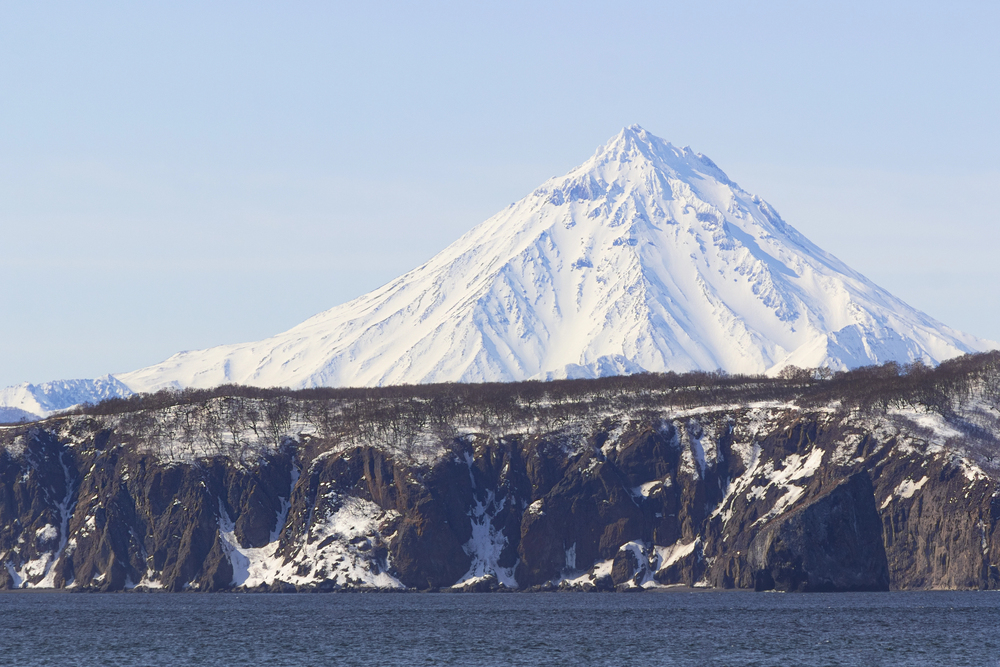
When the ground shook at Kamchatka’s white-topped volcanoes, no one expected the world’s sixth-most-powerful earthquake to bring with it a day that would resound shockwaves physical and psychological through the Pacific. Millions in Russia, on into Hawaii, Japan, and Chile were glued in hours ahead, by warnings, alarms, and evacuation alerts. But behind the drama, a story of resilience, science, and community unfolded, a reminder that in the face of nature’s fury, preparation and calm can mean life versus death.
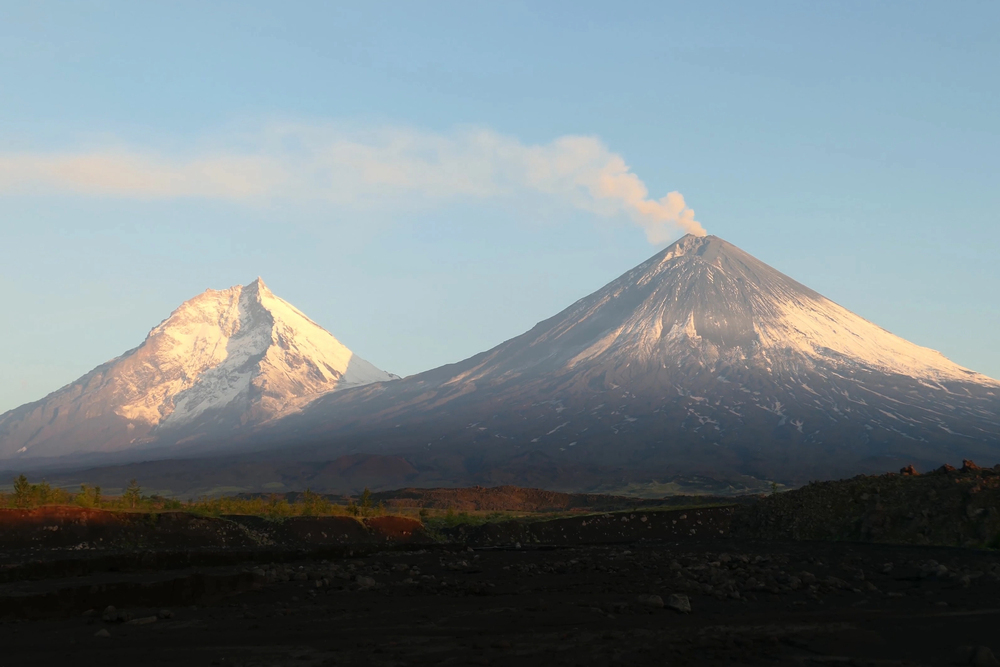
1. Earthquake and Volcano: When Giants Collide
It started with a shock measuring 8.8 on the Moment Magnitude scale, striking off Russia’s Kamchatka Peninsula, a place so seismically charged that it’s the “land of fire and ice.” The quake’s energy was immense, the sixth largest ever registered. Hours afterward, Klyuchevskaya Sopka, the tallest and most explosive volcano in Eurasia, exploded its top in a fireworks of lava and ash, its flanks afire red in the arctic twilight. Scientists had been watching the volcano with eager attention for weeks, noting that its crater was filling with lava and clouds of ash were rising higher each day.

The seismic energy of the earthquake, released from far beneath the Kuril-Kamchatka Trench, provided the last push to the volcano. As the Russian Academy of Sciences reported: “A descent of burning hot lava is observed on the western slope. Powerful glow above the volcano, explosions.”
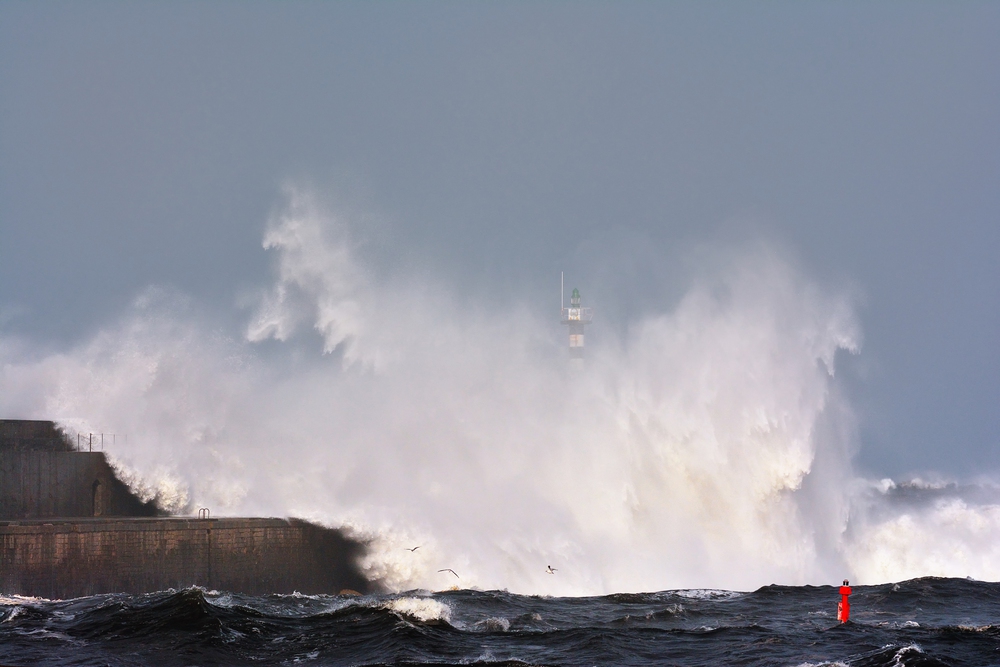
2. Tsunami Alerts: The Pacific on High Alert
The Pacific’s tsunami warning systems went into action. In minutes, alarms radiate to Japan, Hawaii, California, Alaska, Chile, and even French Polynesia. Sirens blared in Honolulu, text messages rang phones in Tokyo, and emergency announcements cut into normal programming from San Francisco to Santiago. Nearly two million were told to evacuate in Japan alone; two employees at the Fukushima nuclear plant were among them. “We received a pretty serious reminder of the importance of early evacuation,” said Kazuto Suzuki, University of Tokyo Professor of Science Policy. It seems that there were no fatalities, no injuries. To this point in time, I think the early warning system has worked really well. The quickness and remoteness of these warnings were a testament to advances in seismic and tsunami detection technologies that can now warn in five minutes after a major earthquake, giving people precious time to reach safety.

3. Evacuations and Community Response
In the sleepy Russian coastal town of Severo-Kurilsk, tsunami waves more than 9 feet high crashed through, displacing buildings and trash into the ocean. But thanks to the rapid response, everyone was evacuated in time. “There was time enough, an hour. So everybody was evacuated, everybody is in the tsunami safety zone,” said the town mayor. Across the Pacific, individuals heeded what emergency authorities teach: head into the interior, move to higher ground, and stay put until the all-clear. In Hawaii, Governor Josh Green was direct: “You have to steer clear of being on beaches and away from harbours, rivers, and low-lying areas. If you stay on beaches, you will die.” The result? Fewer fatalities, even when waves as much as 13 feet hit Kamchatka and the Marquesas Islands.
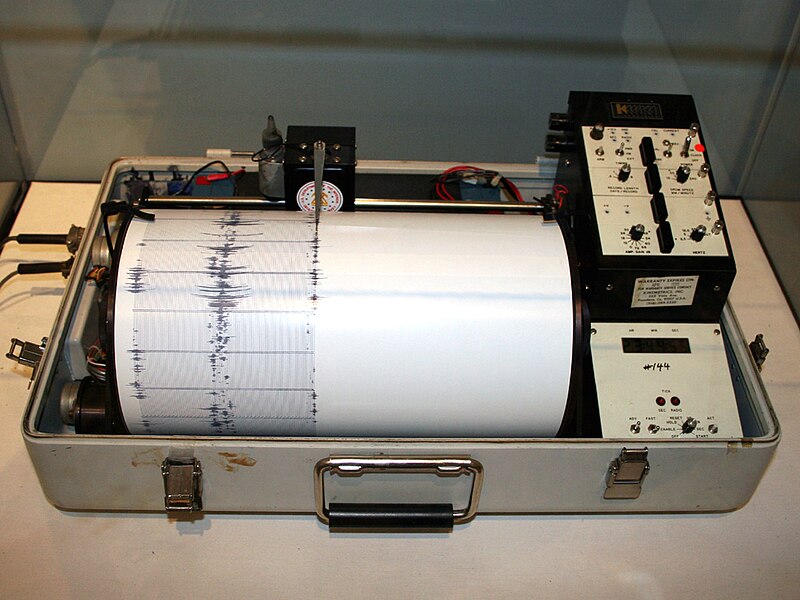
4. How Early Warning Systems Save Lives
A combination of seismographs, ocean buoys, and even underwater listening devices called hydrophones fed real-time data to tsunami warning centers behind the scenes. Seismic waves travel about 100 times faster than tsunami waves, allowing scientists to examine a quake’s magnitude, location, and depth almost instantly. For U.S. and Canadian shores, scientists at warning centers typically can disseminate initial messages within five minutes of an earthquake, the National Weather Service reports. In Japan, where 18,000 were killed in the 2011 tsunami, residents received word in three minutes. New technology like the Global Real-time Early Assessment of Tsunamis (GREAT) is accelerating these systems’ speed and precision, with sound waves to assess tsunamis in real time.
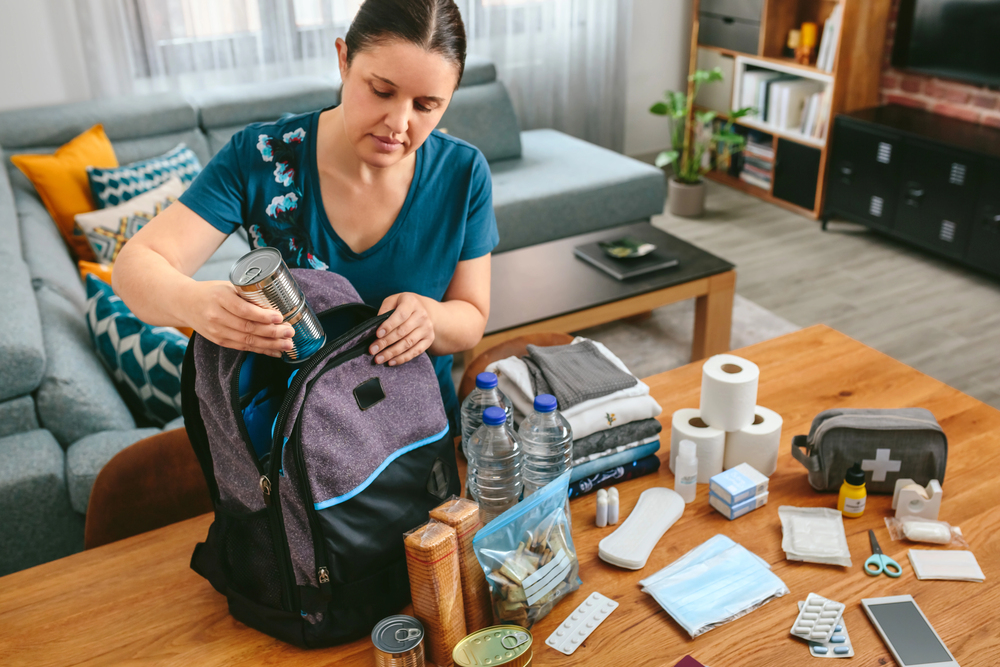
5. The Power of Preparedness
Neighbors who stage drills, stock emergency supplies, and board up the windows are ahead of the game when disaster does hit. The Kamchatka earthquake was a reminder: major quakes happen all the time near the Ring of Fire, and preparedness is not optional. Emergency planning, like knowing the evacuation routes, having out-of-state contact people, and having supplies on hand, can be the difference between life and death. As one Guam resident described, “Many were carpooling and coordinating evacuation among themselves via WhatsApp in order to move as fast as possible to higher ground after the advisories were issued.” It isn’t sirens and apps; it is people assisting people, staying calm, and heeding trusted advice.
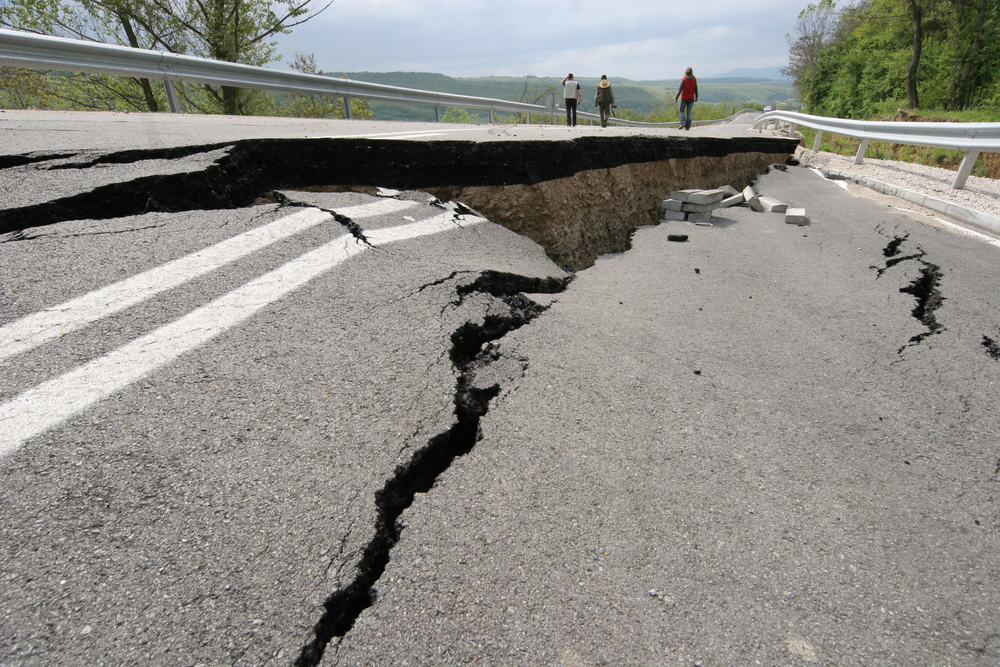
6. Infrastructure and Resilience
Even successful evacuations had their critical infrastructure tested by the earthquake and tsunami. Roads and ports were marred and medical facilities strained by the area’s isolation in Russia’s Far East. Hawaii shut off water supply valves and wastewater facilities to prevent contamination, with air and sea traffic suspended. Japan’s automated sea gates and emergency broadcasting network went into operation, and even though the waves were smaller than anticipated, the accident was a live test of disaster readiness. By one commentator, “The contrast with the 2023 Maui wildfires, where emergency communications collapsed, was striking, and public confidence in local civil defence systems does seem to have been enhanced as a result” since then.

7. Coping With the Emotional Aftershocks
The physical damage of earthquakes and tsunamis can be observed, but the emotional damage might linger long after the waves recede. “A person’s reaction is shaped by many different factors, including their background, what’s happening in their life at the time, the nature of their exposure, and the support system available to them while recovering,” says Dr. Nomi Levy-Carrick, a trauma-informed psychiatrist. Shocks, fear, or helplessness are natural reactions after such an experience. Routine coping strategies like adequate rest, talking to supportive peers, and steering clear of traumatic headlines may assist. “Psychological first aid provides a sense of safety, helps people take control, and connect with sources of support,” notes Dr. Levy-Carrick. Community support, consistency, and access to mental health services are crucial for recovery. Open communication, reassurance, and adherence to daily routine may foster resilience in children.
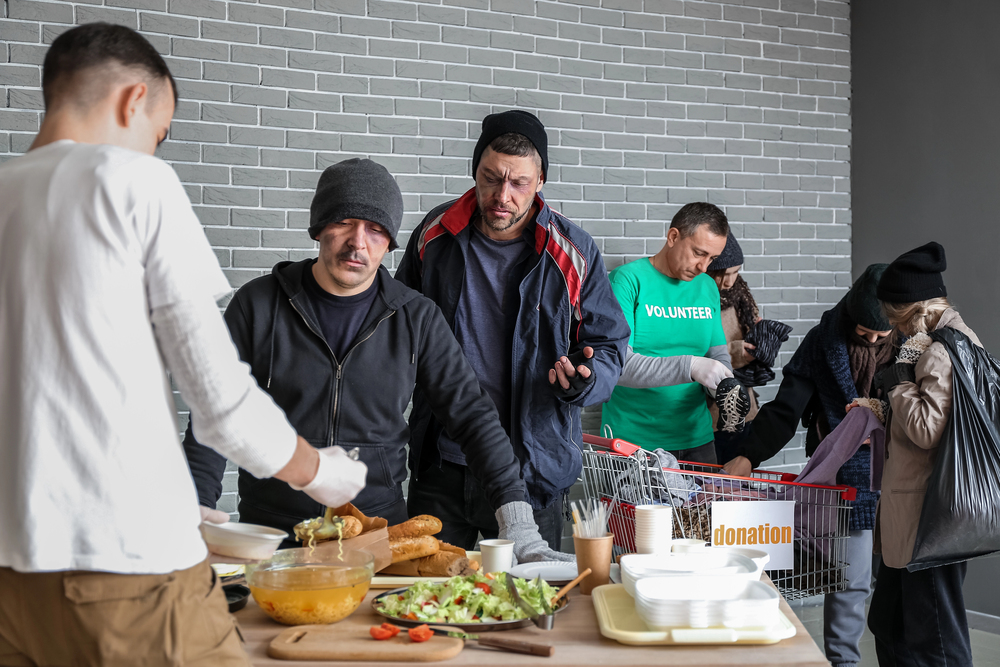
In the end, the Kamchatka earthquake and aftershocks were a powerful reminder of the unpredictability of nature and human capacity to respond with science, solidarity, and compassion. The worst was averted, not by accident, but because of preparation, technology, and quiet bravery by communities who know when the ground does shake, they move as one.


